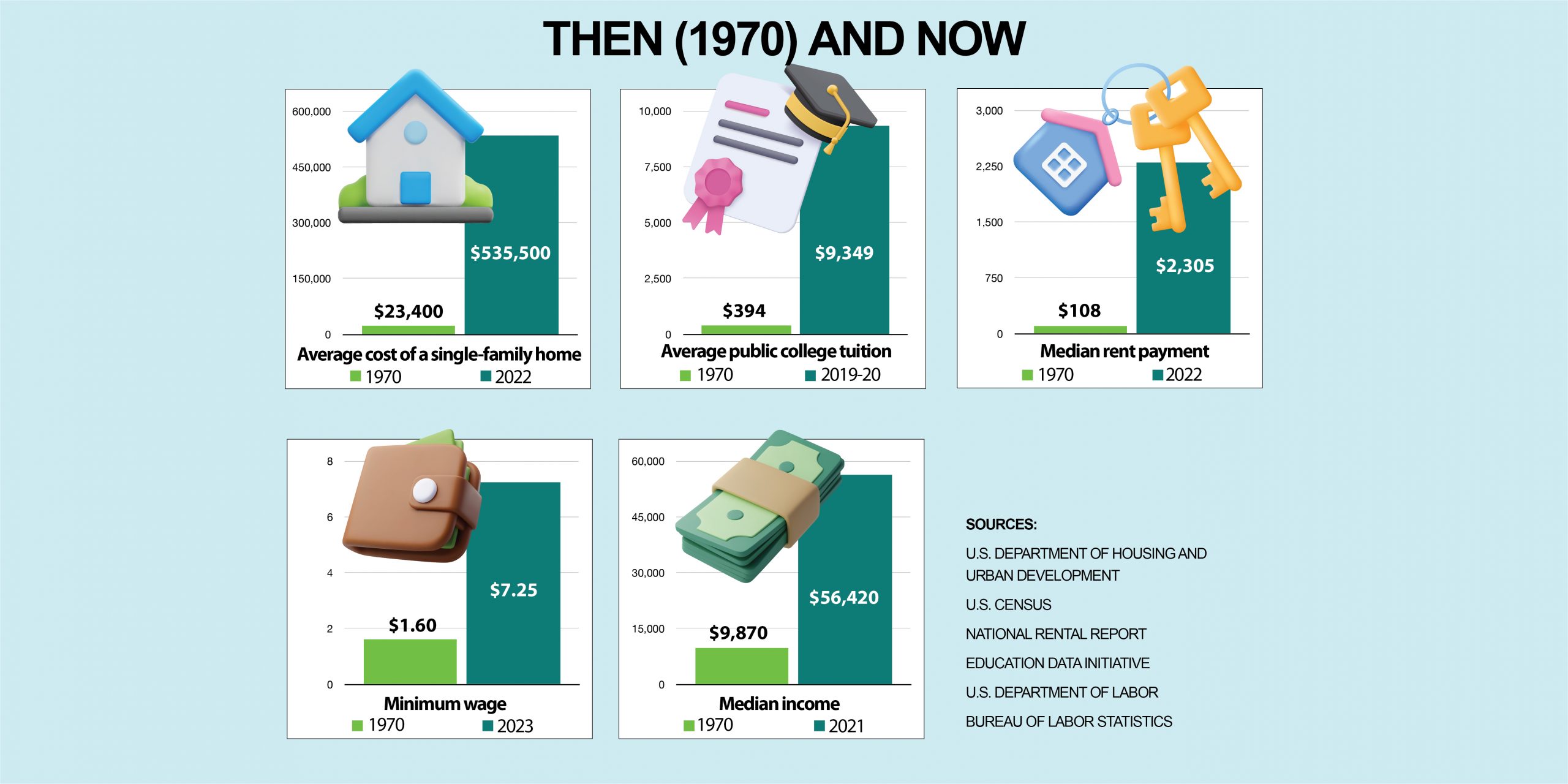If you haven’t noticed, young people have some complaints.
I belong to Gen Z — a cohort some know for our calls to action on equality, climate change, and the cost of living. Others know us as “entitled.”
As a lifelong overachiever with aims to please, I listened when others told me to simply “work harder” and “budget smarter.”
With 24/7 Slack and Gmail access expected from most companies (requirements that didn’t used to exist) I would argue young professionals “work harder” and work constantly. “Budget smarter” is good advice, but it only gets you so far when inflation reaches a 40-year record high in the United States.
When my nana was my age, she had two children, a husband, and a house. Although I excelled at a great college, adopted the “grindset” career influencers recommended, and kept my expenses to a minimum, I still cannot fathom reaching those same life milestones anytime soon.
I’m not alone. A report by the Congressional Budget Office earlier this year estimates that Millenials and Gen Z won’t have enough kids to sustain America’s population. The report predicts the country will accept more immigrants to make up for the declining birth rate.
There are social and biological factors to explain why this is, but as a young woman who would love to have a wedding, kids, and a house, I can tell you the largest reason I don’t see myself having those things is because they are too expensive.
Don’t take my word for it. I’m just another complaining young person, but I did find and compare the numbers.
According to the U.S. Department of Housing and Urban Development, the average cost of a single-family home was $23,400 in 1970 and $535,500 in 2022. That’s 23 times more.
According to U.S. Census and National Rental Report data, the median rent payment was $108 in 1970 and $2,305 in 2022. That’s 21 times more.
According to the Education Data Initiative, the average cost of public college tuition was $394 in 1970 and $9,349 in 2020. That’s 24 times more.
However, American employers have failed to meet the moment.
According to U.S. Census and Bureau of Labor Statistics data, the median income in 1970 was $9,870 and $56,420 in 2021. That’s only 6 times more.
According to the U.S. Department of Labor, federal minimum wage was $1.60 in 1970 and is now $7.25. That’s only 4.5 times more.
Understanding these numbers can make young people feel hopeless, so when you hear one of us complaining, remember that it’s not about nothing.
Rachel Barber is The Item‘s news editor. Her column appears every other week.

